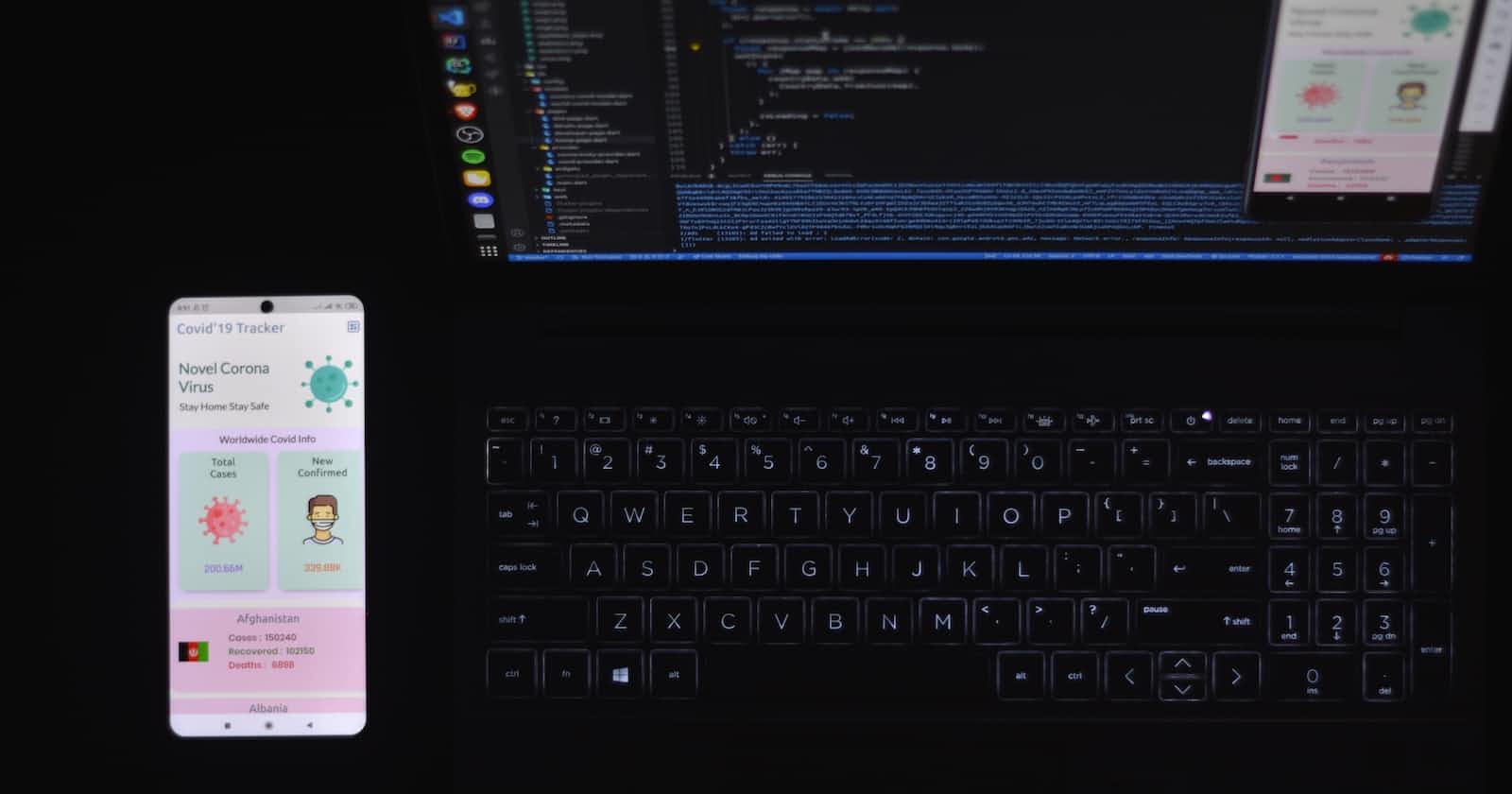
Photo by Fahim Muntashir on Unsplash
Choosing the Right API Pattern: A Comparison of REST, GraphQL, gRPC, and WebSockets
When building modern applications, it's essential to choose the right API pattern. API patterns define how clients and servers communicate with each other. There are many API patterns to choose from, and in this blog post, we will compare and contrast four popular ones: REST, GraphQL, gRPC, and Websockets. Two things before I start discussing API patterns.
It is a sequel to my previous blog so read the previous one before jumping to this. Here it is.
There are some terms that you should know about before jumping to this one.
TCP/IP: It comes under the Internet Protocol Suite which also contains UDP but we will talk about it later. TCP Protocol is a set of rules for how the data will be sent to the user. Data from the server is converted into small numbered packets which are joined after they reach the user. If some packets do not arrive to the user, it is sent by the server again. HTTP and WebSockets are also based on TCP Protocol.
Domain Name System: When we search Facebook.com how does your computer know which IP to connect to? Here comes DNS. It is a decentralized system that translates a domain to its IP address. When you buy a domain from a DNS registrar, you can create a DNS address record and mention the IP of your server. Now whenever someone types in your domain it will direct you to the IP of your server using the DNS address record and then your OS will cache it to your hard disk so you don't have to make a DNS query every single time.
HTTP: HTTP is an application layer protocol based on TCP/IP Protocol. It follows the client-server model in which a client makes a request which is divided into two parts: Request Header: Think of it like a shipping label for your package. It contains where the package is going, who it's from and some other metadata. Request Body: It is the content of the package.
Now that you know about all these we can start with the topic of today.
REST (Representational State Transfer)
REST is one of the most popular API patterns used today. It is a standardization of HTTP API that makes it stateless and follows consistent guidelines. REST APIs use HTTP requests to perform operations on resources. A successful server request will result in a "200 OK" code in its response header, and a bad request from the client will result in a "400 Bad Request" code.
REST APIs are easy to learn and use. They can be used to build simple APIs or complex APIs with multiple endpoints. REST APIs are suitable for client-server communication, but they are not the best choice for real-time applications.
GraphQL
GraphQL is another API pattern released by Facebook in 2015. The idea here is instead of requesting resources every single time to your server like you do in REST, here you can just make a single request or query and choose what resources you want.
GraphQL APIs use a single endpoint to perform operations on resources. A client can request only the data it needs, reducing the amount of data transmitted over the network. A successful server request will return only the requested data. GraphQL is suitable for real-time applications, where the client needs to receive updates in real time.
gRPC
gRPC was developed by Google in 2016. It is considered a framework that is an improvement over REST. It's an RPC framework used mainly for server-to-server communication, but with gRPC Web client-server communication is possible. It is gaining traction now because of its protocol buffers technique. Instead of converting the data into JSON which REST does, Protocol Buffers converts the data into machine code addresses that are storage-efficient, thus reaching them faster through network query.
gRPC APIs use a binary protocol, which is more efficient than REST. gRPC APIs are suitable for high-performance applications, where speed is critical.
WebSockets
Websockets are a bidirectional communication protocol used to build real-time applications. Let's consider a chat messaging app example. If we were to implement this with HTTP, we would have used "polling," which is just asking for a response from the server if you have gotten a new message. Websockets use bidirectional communication. So if someone messages you, it would go to the server, and the server will push it to you, and vice versa.
Websockets APIs are suitable for real-time applications, where the client needs to receive updates in real time.
Conclusion
In conclusion, REST, GraphQL, gRPC, and Websockets are all popular API patterns that you can use when building modern applications. The choice of API pattern depends on the requirements of your application. REST is suitable for simple and complex APIs, GraphQL is suitable for real-time applications, gRPC is suitable for high-performance applications, and Websockets are suitable for real-time applications.
